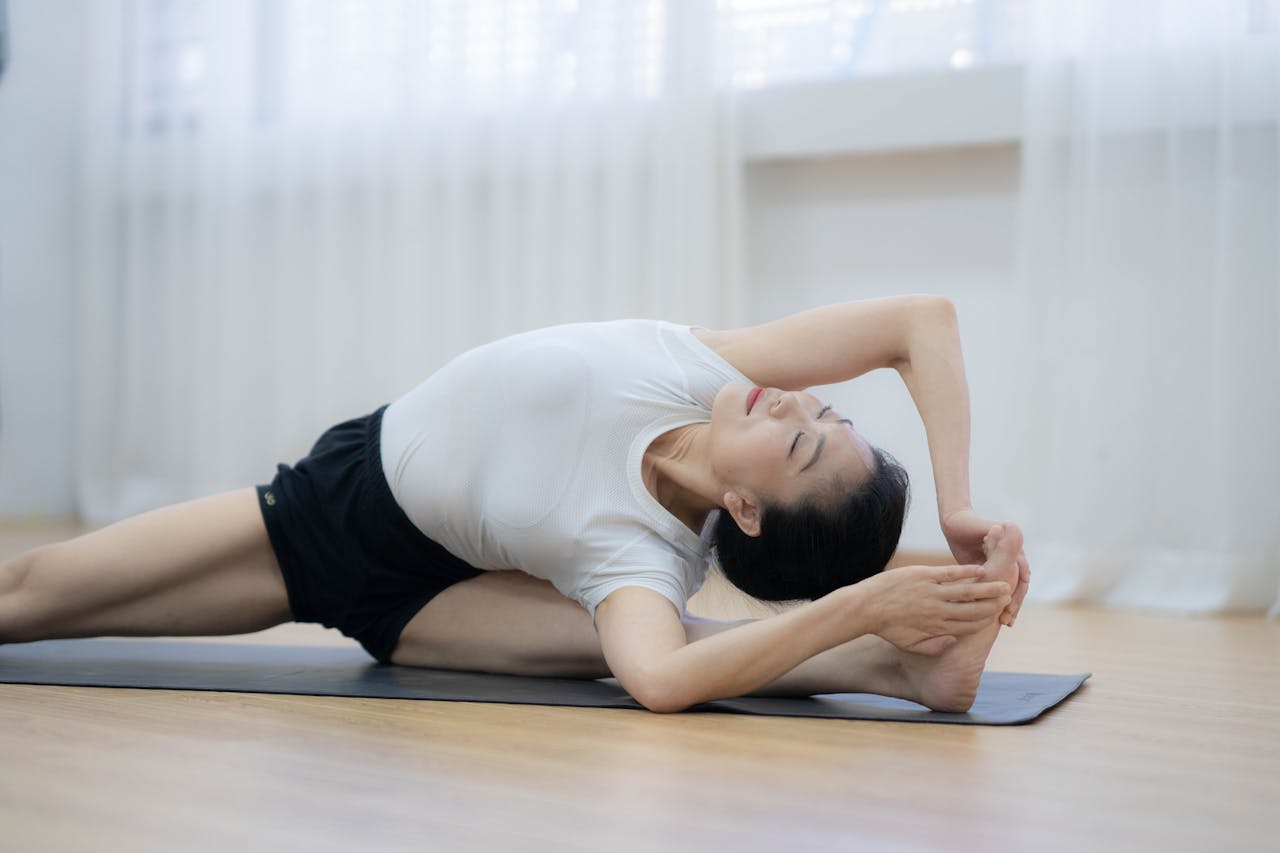The role of breath in spiritual yoga practice: Pranayama for inner clarity
Breath is where everything starts — and where you can always return. Take a moment to feel how you breathe.
Why pay attention to breathing? In yoga, breathing is the chain that links our body, mind, and inner self. It is never the same, but changes with our actions. We move, sing, or get emotional, and our breathing responds without delay. Through it, we feel life and restore energy. When we start breathing consciously, this connection grows stronger. Let’s talk more about it.

Source: Pexels
What is breathing?
It is the source of life and overcoming difficulties. It is the power of our voices. However, we often don't pay attention to how we breathe during the day.
1. Breathing as a grounding technique
The habit of noticing breathing in everyday situations changes the quality of life. Standing in line, sitting in transport, having an online psychic reading session - pay attention to our inhalation and exhalation. At this stage, we don't need to change anything. Simple observation brings us back to our body, reduces anxiety, and helps us feel present in the moment.
Breath is a core element in many spiritual practices, helping to ground and center the mind. In the same way, an online psychic reading can offer spiritual insight and emotional clarity, especially during times of uncertainty or transformation.
2. Breathing as self-regulation
Breathing is present in many therapies, from CBT to body-based approaches. Pranayama helps directly calm the nervous system. A few minutes can lower stress and switch on the body’s rest-and-digest mode. It feels like a small reboot for the whole system.
3. A way into other emotional states
Anger brings fast breath, fear holds it, and joy brings lightness. Noticing this helps us understand our emotions better. We can also shift them by changing how we breathe. In yoga, deep breathing isn’t a trick. It’s a way to access deeper awareness when inner space becomes clearer than outside noise.
Spiritual yoga
Yoga has many forms. Ashtanga is structured and active. Power yoga suits those who want movement. Yoga nidra is deep rest. But in every type, breathing is key. Without it, yoga is just exercise. With it, yoga becomes a way to explore your inner world.
What is Pranayama?
The word pranayama comes from the Sanskrit “prana” (life energy) and “ayama” (control, expansion). Thus, "Pranayama" means control or expansion of life energy. Yogis say we have energy channels (nadis) in our body. Conscious breathing keeps them clean and flowing. If they’re blocked, we feel stuck or anxious. If they’re clear, we feel alive and focused.
Breathing opens space between thoughts. It clears mental noise and prepares us for meditation. Some pranayama types — like kapalabhati or bhastrika — bring a trance-like state. After even a short session, meditation often feels easier and more natural.
Read also: What is somatic yoga?
How to start Pranayama — and keep going
People often say, “I can’t just sit and breathe.” That’s okay. Start small. Try three minutes before sleep. Sit or lie down, close your eyes, and feel your breath. Don’t force anything. Just watch your inhale and exhale.
Later, you can count: breathe in for 4, hold for 4, out for 4. Then try techniques like nadi shodhana or ujjayi. But don’t rush. Breathing isn’t a workout — it’s a meeting with yourself.
Some techniques, like alternate nostril breathing (nadi shodhana), help cleanse the body’s energy system. Pranayama is not about lungs — it’s about working with life force. It’s not only for relaxing or sleeping better. It brings silence and mental clarity.
1. The role of sound and mantras
Breathing connects with voice. Saying a simple “Om” while exhaling helps deepen awareness. The sound vibration calms the mind. Saying mantras while breathing is another way to focus and feel the moment.
2. Posture while breathing
How we sit matters. Keep your back straight, shoulders relaxed, and chin slightly down. It helps air and energy move freely. If your body is tense, your breath will be shallow. Good posture is like soil — attention grows from it.
3. Breath and the body
Breathing affects not only the mind, but also the physical state. When we breathe shallowly, the body remains tense. Deep, even breathing reduces muscle tension, lowers blood pressure, and improves sleep. In combination with asanas, it starts the process of recovery from within. That is why breathing is never separated from movement — the body and breathing work together.
4. Pranayama and inner discipline
Regular pranayama practice builds inner discipline. It’s not just about breathing—it’s about the ability to stop, be mindful, and not react automatically. When you dedicate a few minutes daily to breathing practice, you train your mindfulness, observation, and patience. It helps you respond better to challenges, make informed decisions, and remain calm in stressful situations. A small daily action creates a sense of support—you always have a tool you can turn to when the world around you is too loud.
Conclusion
Breath is where everything starts — and where you can always return. Take a moment to feel how you breathe. Notice how it affects your mood. You don’t need special techniques. Just stay with your breath. Sometimes, a few quiet breaths say more than a whole page of thoughts. Try and see what happens.
Read next: 35 advanced yoga poses to level up your training!
.jpg)
